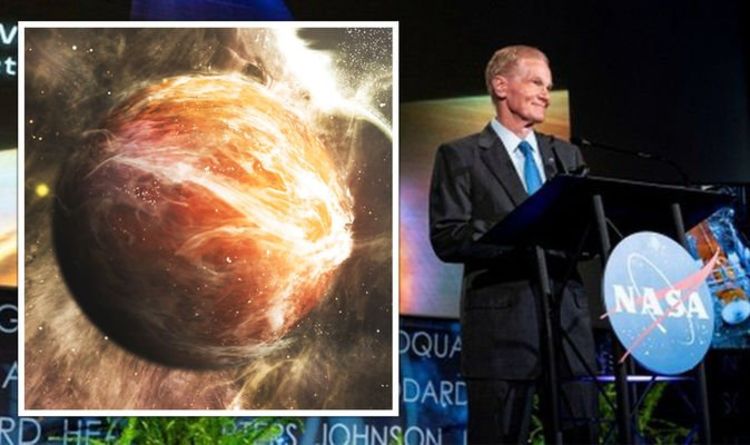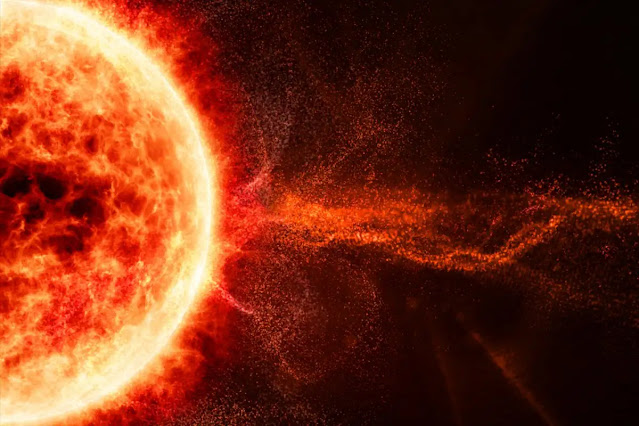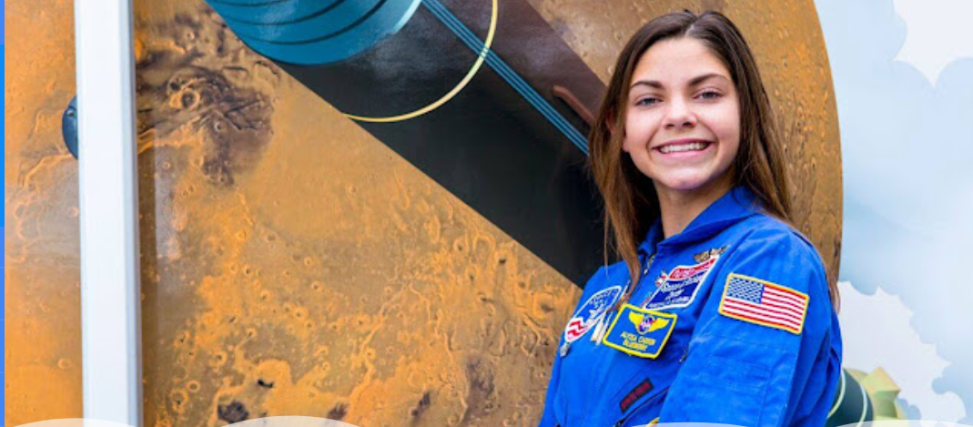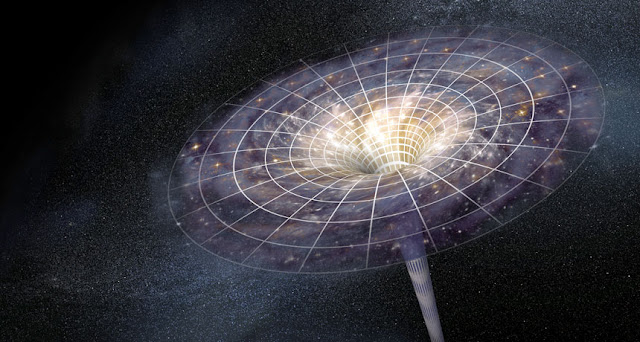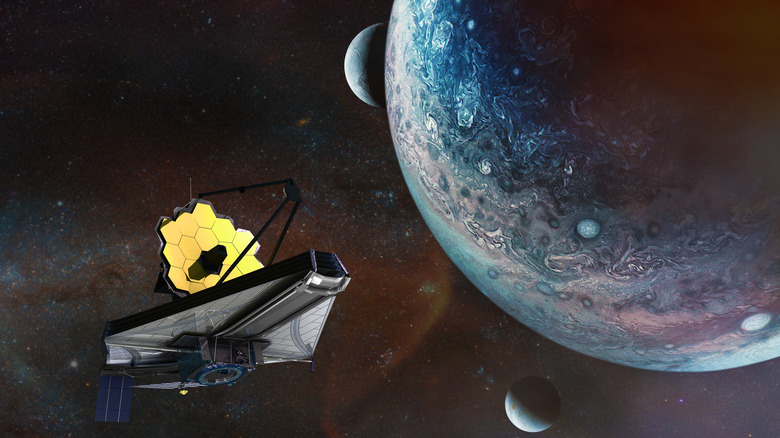
Scientists are increasingly optimistic about the likelihood of discovering life beyond Earth, following the detection of a particular gas in the atmosphere of a distant exoplanet named K2-18b.
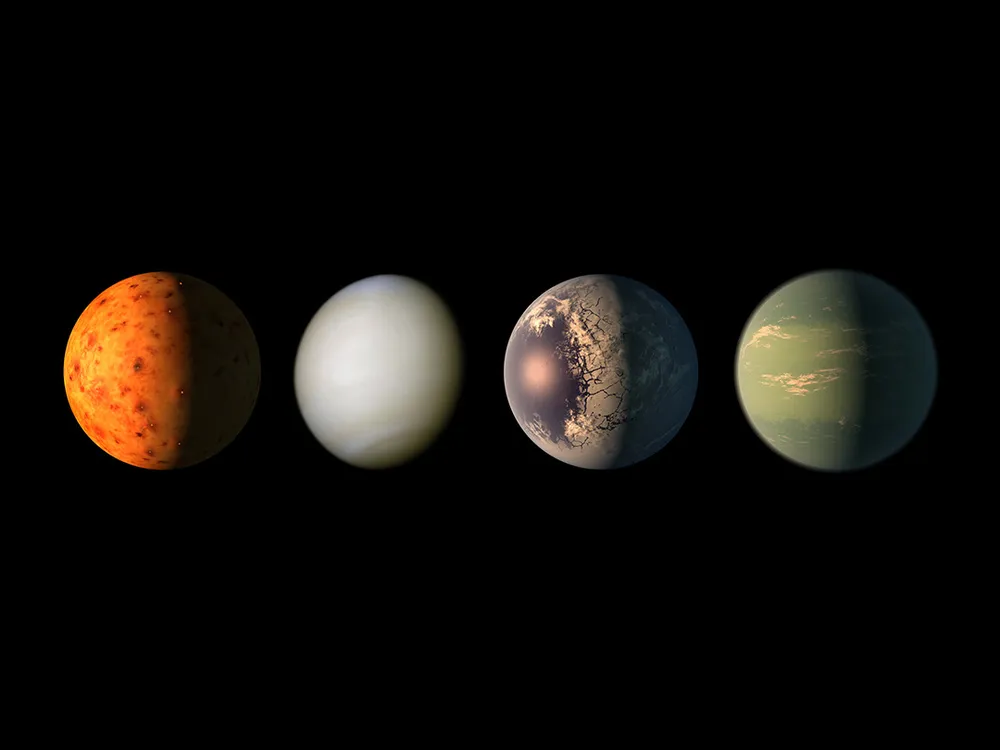
A Promising Discovery
Located 120 light-years away, K2-18b resides in what astronomers refer to as “the Goldilocks zone”—an orbital region around a star where conditions are just right for liquid water to exist.

This is crucial for supporting life as we know it. The JWST found hints of a gas in K2-18b’s atmosphere that, on Earth, is produced by simple marine organisms. While the findings are not yet confirmed, scientists expect to have more definitive answers within a year.
Technological Advancements and Future Prospects
“We now have the technology and the capability to answer the question of whether we are alone in the cosmos,” said Prof Catherine Heymans, Scotland’s Astronomer Royal. Prof Nikku Madhusudhan of the Institute of Astronomy at Cambridge University, who led the study, stated that if these hints are confirmed, “it would radically change the way we think about the search for life.” He also predicted a “major transformation” in our understanding of life in the universe within the next five years.

Road Ahead
If life signs are not found on K2-18b, scientists have a list of 10 more Goldilocks planets to investigate. Even the absence of life signs would provide valuable insights into the conditions required for life to exist on such planets. Numerous other projects are also underway, all aimed at finding signs of life in the universe.
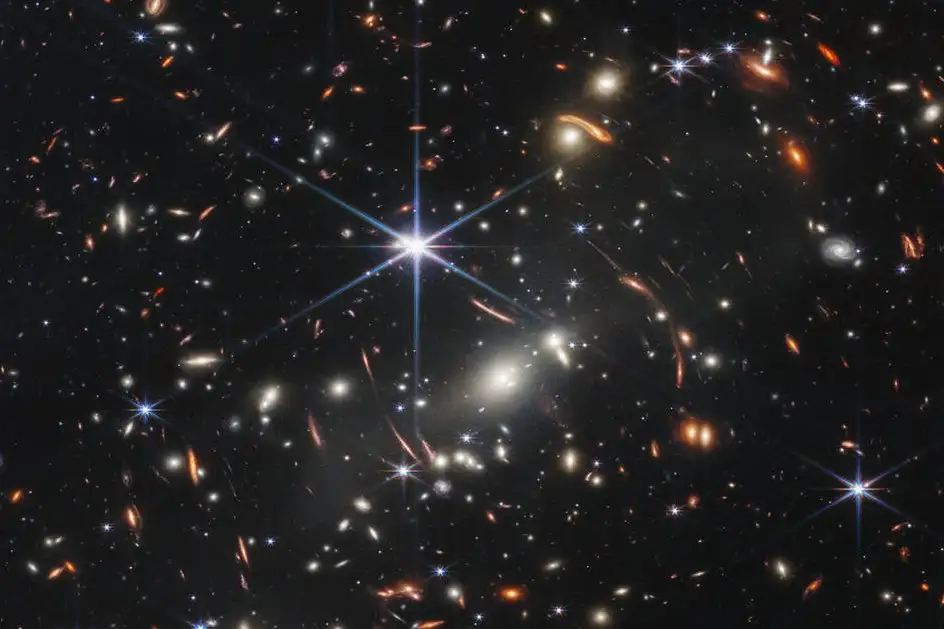

In conclusion, the discovery of life-supporting conditions on K2-18b has invigorated the scientific community. It suggests that finding alien life is not a question of “if,” but “when,” thereby marking a pivotal moment in our quest to understand our place in the cosmos.

